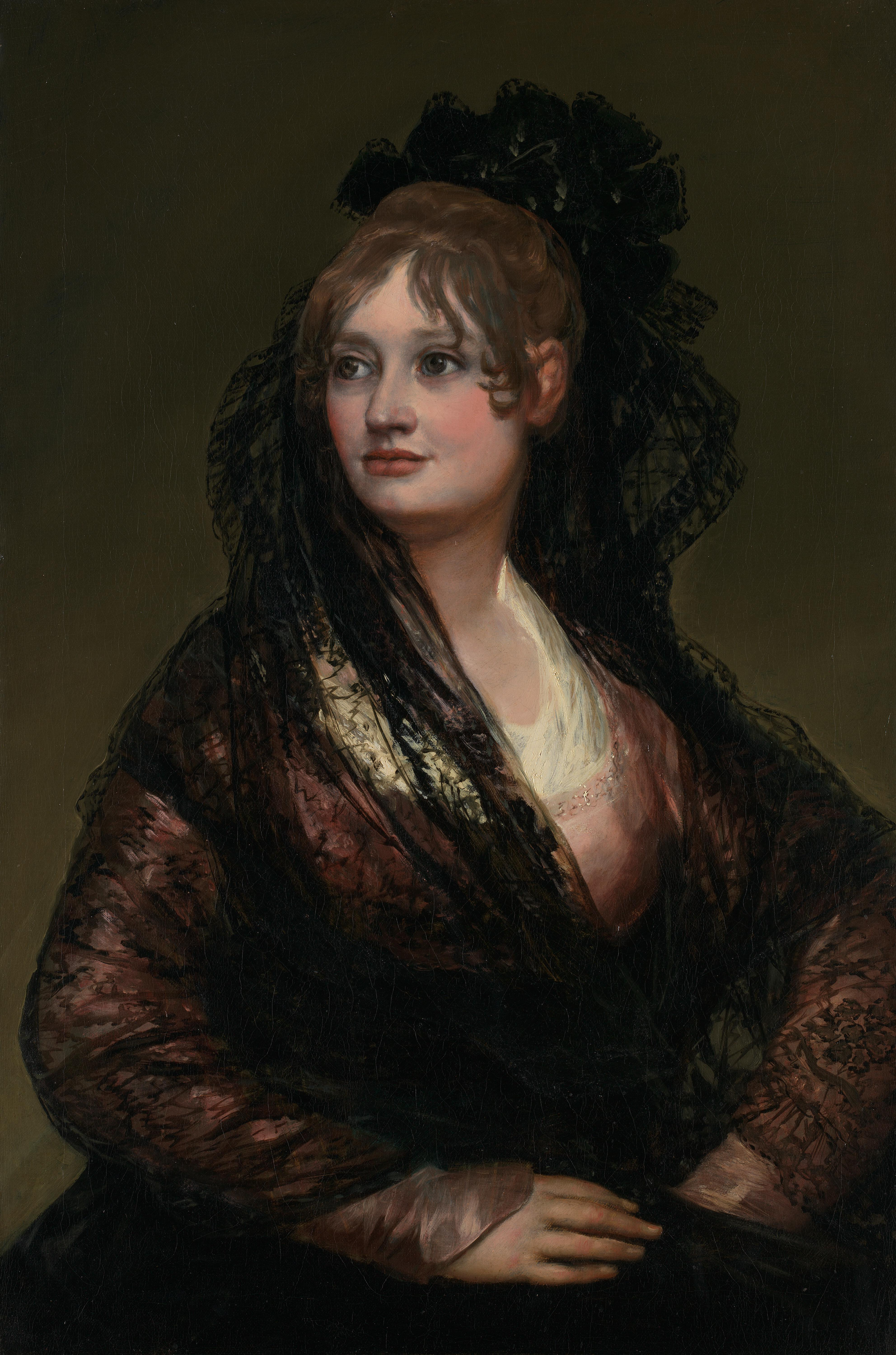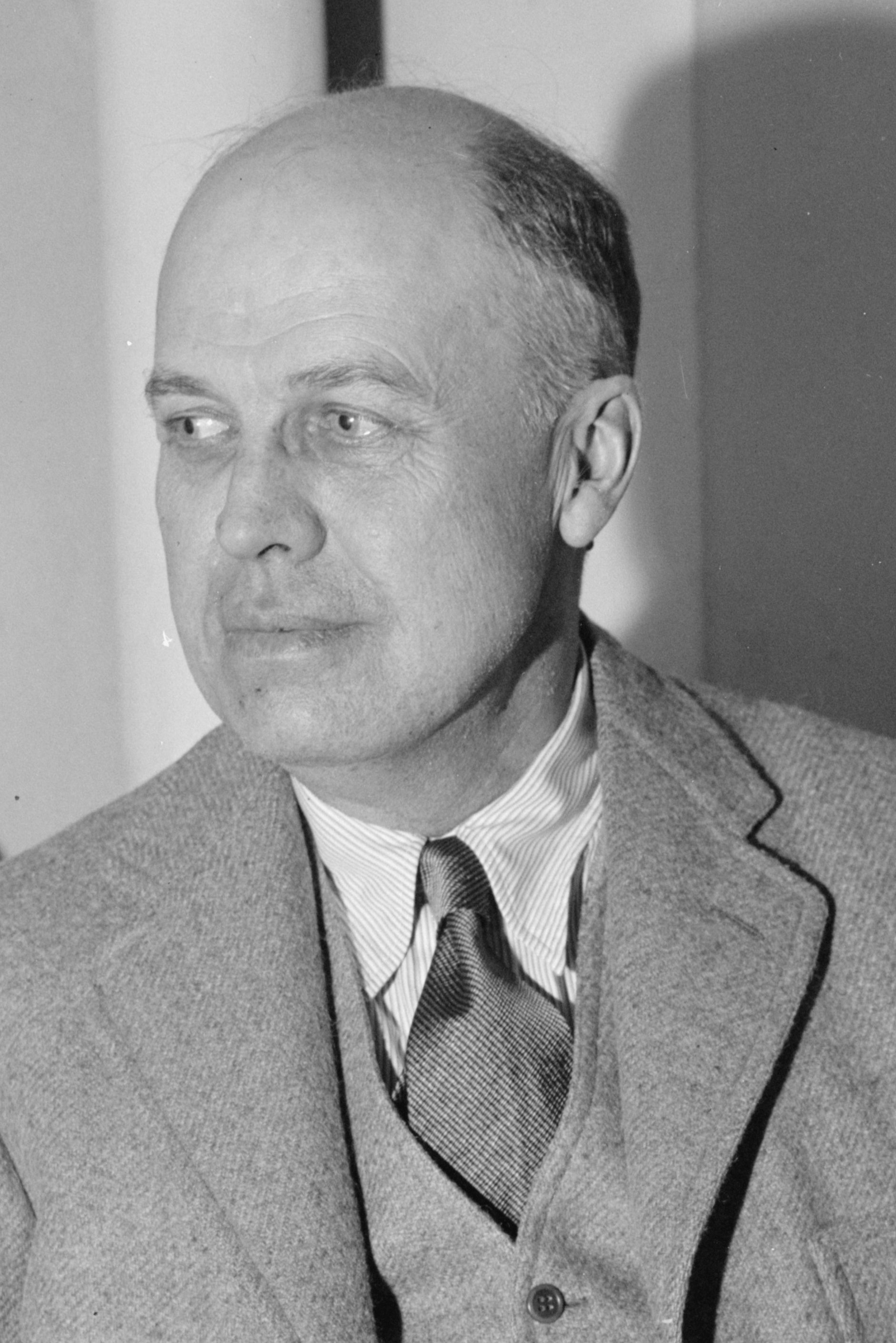
Ever wonder about the IQ of famous historical figures? Let’s take a peek into the mind of one of the greatest artists in history, Rembrandt van Rijn.
Unfortunately, we don’t have an exact number for Rembrandt’s IQ. Back in the 17th century, the concept of IQ didn’t exist. However, judging by his work and achievements, we can safely assume he possessed a high level of intelligence.
Rembrandt was known for his exceptional ability to portray human emotions in his paintings. This suggests high emotional intelligence. He was also a master of light and shadow, showcasing a profound understanding of visual perception. This, in turn, points to a high spatial intelligence.
Moreover, his innovative techniques revolutionized the field of etching. Such creativity and innovation hint at a strong problem-solving ability, often associated with high IQ.
It’s important to note that IQ is not the sole indicator of intelligence or success. Rembrandt’s life and work serve as a testament to this. His remarkable achievements are a product of not just his intelligence, but also his passion, dedication, and relentless pursuit of mastery.
So, while we may not have exact figures, it’s clear that Rembrandt was a man of exceptional intellect and talent. His legacy continues to inspire and captivate, making him one of the greatest artists that ever lived.
Rembrandt’s Early Life and Education
The life of Rembrandt Harmenszoon van Rijn, one of the world’s most renowned Dutch artists, began in Leiden, Netherlands in 1606. A miller’s ninth child, he grew up in a family that valued education. His affluent upbringing allowed him access to education, a luxury in the 17th century.
At a young age, Rembrandt was sent to a Latin school. The intent was to prepare him for a career in public service. But fate had other plans. His love for art, evident early on, was undeniable. After a few years at Latin school, Rembrandt’s parents consented to his passion for painting.
Art Apprentice
Rembrandt’s formal art education began under local artist Jacob van Swanenburgh. For three years, he learned the basics of painting, drawing, and etching. His early works displayed a clear influence from his first tutor’s gloomy and fantastical style.
His apprenticeship with Swanenburgh set the foundation. But it was his stint under Pieter Lastman in Amsterdam that truly honed his skills. Lastman, famous for his historical and biblical paintings, deeply influenced Rembrandt’s later works. His storytelling prowess and keen sense of drama had a lasting impact on Rembrandt.
Influence of Italian Renaissance
Rembrandt never visited Italy, yet the Italian Renaissance had a profound influence on him. He studied the works of Caravaggio and Raphael through copies and prints. This exposure to Italian art added depth to his own style, especially in the use of light and shadow.
In pursuit of learning, Rembrandt also attended the University of Leiden. However, he didn’t complete his studies. Art was his calling.
Developing a Signature Style
During his early twenties, Rembrandt began making a name for himself in Leiden. He took students of his own while continuing to refine his craft. The Leiden period of his life was characterized by small, detailed history paintings.
Rembrandt’s early works often depicted biblical scenes. His 1626 painting, “The Stoning of Saint Stephen,” is noteworthy. He had a unique ability to breathe life into his subjects, a quality that only deepened over time.
Rembrandt’s early life and education were instrumental in shaping him as an artist. He was a student of the world, constantly learning and adapting. His early works foreshadowed the virtuosity that was to come.
Speculations and Claims About Rembrandt’s IQ
The subject of Rembrandt’s IQ is a fascinating topic. Many have speculated about the intellect of this masterful artist. His understanding of human emotion and light use in art is often attributed to a high IQ. Some experts estimate his IQ to have been over 150 – genius territory!
Rembrandt’s self-portraits show a man of deep introspection. This resonates with high intelligence. People argue that his ability to convey such raw, human emotion indicates a superior cognitive capability.
Famed psychologist Catherine Cox gave an estimate in her 1926 book. She suggested Rembrandt’s IQ sat between 140 and 150. This would place Rembrandt in the top 0.25% of the population – quite impressive!
Moreover, British psychologist Liam Hudson made a bold claim. He argued that Rembrandt’s IQ would have been between 160 and 170. That’s higher than Einstein’s estimated IQ.
Psychometrician Steve Blinkhorn also made a claim. He suggested that Rembrandt’s IQ was likely ‘north of 140’. He based this on the complexity of Rembrandt’s works and his innovative painting techniques.
Public opinion aligns with these expert views. Many people associate great artistic ability with high intelligence. The creativity and innovation in Rembrandt’s work seem to support this belief.
Indeed, the advanced techniques in his artwork suggest a high IQ. His understanding and representation of light and shadow were revolutionary. Such innovation often correlates with a high intelligence quotient.
Even his business acumen points to a high IQ. Rembrandt was a successful art dealer, not just a painter. His ability to manage a business signals strong cognitive skills.
So, while no one can definitively prove Rembrandt’s IQ, the consensus is clear. Most agree that this master painter was likely a genius. And as such, his IQ would have been notably high.
Rembrandt’s Intellectual Achievements
There’s no doubt that Rembrandt van Rijn, the Dutch painter and etcher, was an individual of exceptional intellectual prowess. His works show a deep understanding of human emotion, an ability to use light and shadow to his advantage, and a mastery of his craft that is still admired centuries after his death. He pushed the boundaries in art, revolutionizing the use of chiaroscuro, a technique involving the contrast between light and dark to create depth and volume. This technique requires a high level of spatial intelligence, which is a sign of high IQ.
Mastery of Multiple Disciplines
Rembrandt was not just a master painter, he was also a skilled etcher and draughtsman. His etchings, in particular, are notable for their innovative use of the medium. To excel in these varied disciplines suggests a high level of intellectual versatility. This ability to excel in different fields is often a feature of high-IQ individuals, who can adapt their understanding and apply their intelligence in diverse areas.
Understanding of Human Nature
Rembrandt’s works show a deep understanding of human nature and emotion. His subjects are not just visually represented, their personalities and feelings shine through each piece, revealing an empathetic understanding of human nature. This emotional intelligence often correlates with a high IQ, as it requires an ability to perceive, understand, and manage not just your own emotions but those of others as well.
Innovative Thinking
High IQ individuals are often innovative thinkers, and Rembrandt was no exception. He was a trailblazer, pushing the boundaries of what was considered art in his time. His innovative use of light and shadow, his focus on ordinary people as subjects, and his exploration of a wide range of themes and styles all point to a mind that was constantly seeking out new ways of seeing and understanding the world.
Perseverance in the Face of Adversity
Rembrandt faced a great deal of personal and financial adversity in his life. Despite these challenges, he continued to create exceptional artwork throughout his career. This perseverance in the face of adversity is often linked to a high IQ. High IQ individuals are often deeply committed to their pursuits, showing a level of resilience and tenacity that allows them to overcome challenges that may deter others.
Rembrandt’s IQ: between 120 and 140
Rembrandt, the revered Dutch painter, was undeniably a genius. His profound understanding of human emotion, intricate play with light and shadow, and his innovative techniques suggest a high IQ. But, pinpointing an exact number proves a bit tricky.
Historical figures can’t undergo modern IQ tests. Therefore, we rely on their work and achievements to gauge their intellectual capabilities. Rembrandt’s extraordinary aptitude for painting, his mastery of various techniques, and his influence on art history indicate a remarkable intellect.
His innovative approach to art, his ability to depict complex human emotions, and his profound understanding of light and shadow all point to a high IQ. Furthermore, his capacity to excel in a diverse range of genres, including portraiture, landscape, and historical scenes, shows a flexible and adaptable mind.
IQ measurements often take into account verbal and spatial intelligence. Rembrandt’s intricate detailing and spatial composition in his artwork reflect an exceptionally strong spatial intelligence. His ability to communicate complex human emotions and narratives through his art could indicate a high verbal intelligence.
Based on these observations, one might estimate Rembrandt’s IQ to fall within the ‘very superior’ range. This would place his IQ somewhere between 120 and 140. However, this should be seen as a hypothetical estimate, given the impossibility of accurately assessing the IQ of historical figures.
It’s also worth noting that IQ isn’t the sole indicator of intelligence. Emotional intelligence, creativity, problem-solving abilities, and several other factors also contribute to a person’s intellectual prowess. These factors were clearly at play in Rembrandt’s extraordinary career.
Ultimately, the specifics of Rembrandt’s IQ remain a mystery. However, his remarkable achievements and enduring influence on art history make it clear that he was an individual of extraordinary intellect and creativity.










